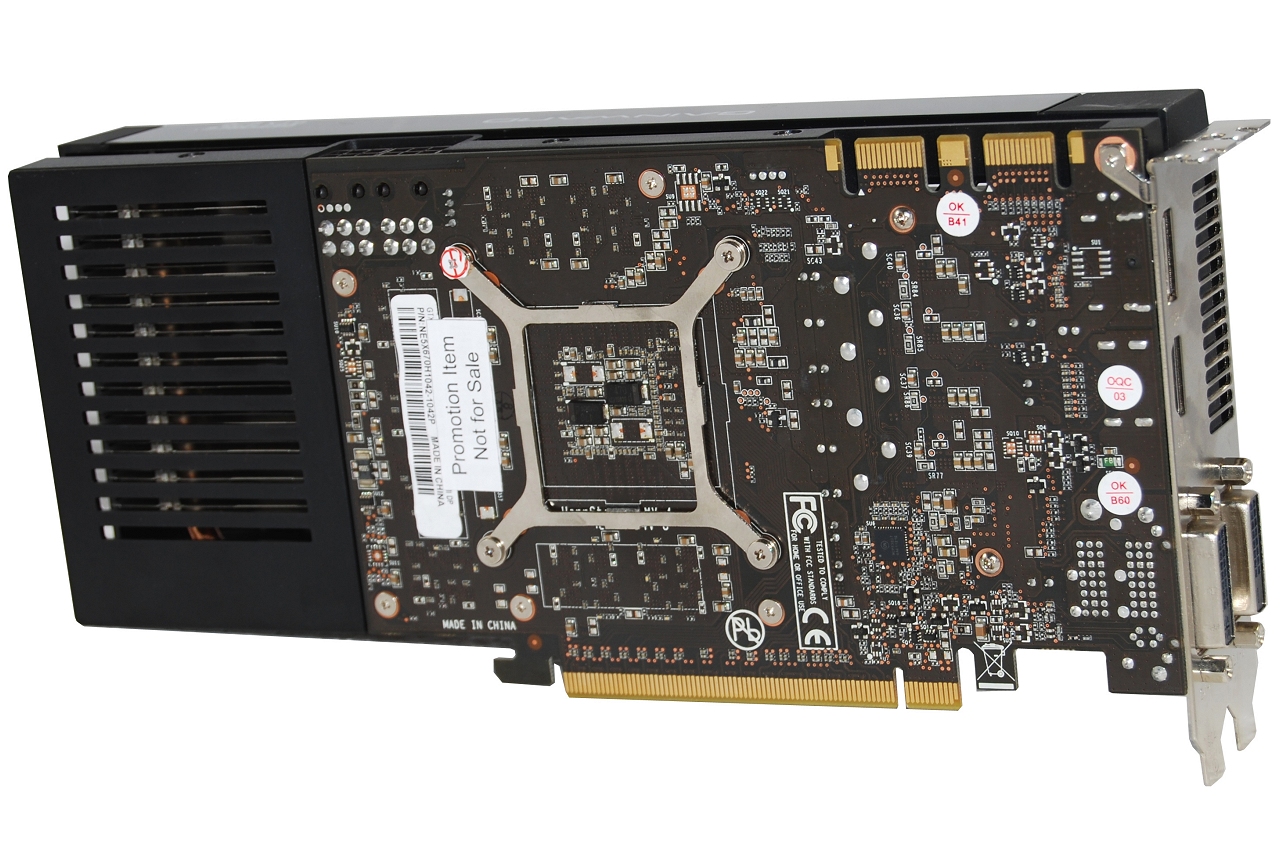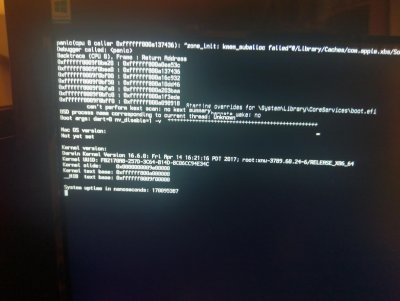

Section 2.1 shows that the probability density of scattered objects over terrain has a natural connection to the DSM image Fourier transform (through regularly repeating objects in the terrain). The filter chosen for further image enhancement does not therefore have to be very specialized. The high quality image map calculated by the combined DSM/NDVI index implies that the problem space for a successive filter is much reduced. Once we know the DSM/NDVI index, a variety of methods can be used to develop and enhance the image further. This is achieved when the transformation simplifies the mathematical geometry of the problem and at the same time provides a good approximation of where the vegetation is in the image.

A DSM/NDVI index such as the one we propose (see Equation ( 15)) would remove the radiometric map degeneracy and bring it closer to the ground truth of the agricultural plot. The presence of grass on the ground is one scenario that potentially benefits from this move, where things like shadows and other artifacts need to be accounted for using human intervention.

The idea behind this paper is to deviate slightly from baseline parametric techniques by proposing a generalization of the NDVI filter by analytically crossing it with gradient cleaned DSM data from the same agricultural plot. We show that the result of applying a DSM filter to the NDVI radiometric index before feeding it into a Convolutional Neural Network can potentially improve crop separation hit rate by 65%. To further refine the analysis, we feed this new radiometric index image of about 3500 × 4500 pixels into a relatively small Convolution Neural Network (CNN) designed for general image pattern recognition at 28 × 28 pixels to evaluate and resolve the vegetation correctly. In this paper, to calculate a detailed crop/soil segmentation based on high resolution Digital Surface Model (DSM) data, we propose the redefinition of the radiometric index using a directional mathematical filter. They have the advantage of being natural transformations of hyper-spectral or multi-spectral images that filter the data stream into a neural network, while reducing training requirements and increasing system classification performance. Threshold techniques based on the normalized difference vegetation index (NDVI) or other similar metrics are generally used to simplify the development and training of deep learning neural networks. Deep learning applications using these big data require sensitive filtering of raw data to effectively drive their hidden layer neural network architectures. Current precision farming algorithms based on artificially intelligent networks use multi-spectral or hyper-spectral data to derive radiometric indices that guide the operational management of agricultural complexes. One of the most challenging problems in precision agriculture is to correctly identify and separate crops from the soil.


 0 kommentar(er)
0 kommentar(er)
